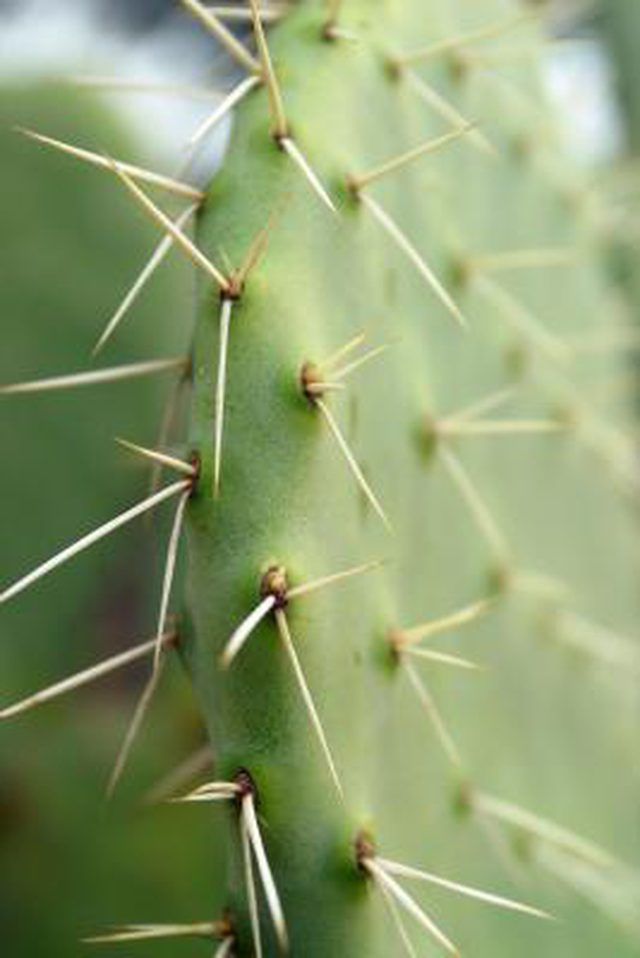Bulbs
Flower Basics
Flower Beds & Specialty Gardens
Flower Garden
Garden Furniture
Garden Gnomes
Garden Seeds
Garden Sheds
Garden Statues
Garden Tools & Supplies
Gardening Basics
Green & Organic
Groundcovers & Vines
Growing Annuals
Growing Basil
Growing Beans
Growing Berries
Growing Blueberries
Growing Cactus
Growing Corn
Growing Cotton
Growing Edibles
Growing Flowers
Growing Garlic
Growing Grapes
Growing Grass
Growing Herbs
Growing Jasmine
Growing Mint
Growing Mushrooms
Orchids
Growing Peanuts
Growing Perennials
Growing Plants
Growing Rosemary
Growing Roses
Growing Strawberries
Growing Sunflowers
Growing Thyme
Growing Tomatoes
Growing Tulips
Growing Vegetables
Herb Basics
Herb Garden
Indoor Growing
Landscaping Basics
Landscaping Patios
Landscaping Plants
Landscaping Shrubs
Landscaping Trees
Landscaping Walks & Pathways
Lawn Basics
Lawn Maintenance
Lawn Mowers
Lawn Ornaments
Lawn Planting
Lawn Tools
Outdoor Growing
Overall Landscape Planning
Pests, Weeds & Problems
Plant Basics
Rock Garden
Rose Garden
Shrubs
Soil
Specialty Gardens
Trees
Vegetable Garden
Yard Maintenance
How to Prune a Cactus
How to Prune a Cactus. "How to prune a cactus" sounds like a lead-in to a bad joke, the answer to which would be: "Carefully!" But caution is indeed the watchword when working with cacti (Cactaceae), since their protective needles can be very painful if they find their way into your skin. Fortunately, this is a very infrequent...

"How to prune a cactus" sounds like a lead-in to a bad joke, the answer to which would be: "Carefully!" But caution is indeed the watchword when working with cacti (Cactaceae), since their protective needles can be very painful if they find their way into your skin. Fortunately, this is a very infrequent task for your to-do list: Unless seriously diseased or damaged, cacti can typically go for years without being trimmed. The main purpose for occasional trimming of healthy cactus plants is to minimize their susceptibility to disease and optimize their appearance.
Things You'll Need
Protective clothing
Safety goggles
Leather gloves
Old sheets, carpet or newspaper
Shovel
Large trash can
Long-handled tree trimmers or loppers
Hand saw, optional
Long-handled tongs, optional
Cover yourself completely with protective clothing when pruning large cactus plants outdoors. Wear long sleeves and pants and put on heavy leather gloves and shoes or boots. For added protection, cover your face with a bandana, wear a hat and don plastic safety goggles to protect your eyes. When cutting small, indoor plants, such extensive measures generally are not necessary; protective gloves are usually sufficient.
Cover the ground around the cactus you are pruning with an old sheet, carpet scraps or newspapers. This collects the needles and smaller pieces of the plant as you prune it and keeps them contained for easier disposal. Place a large trash can and shovel nearby to dispose of larger pieces of the cactus.
Mix a solution of 1 part household bleach to 3 parts water and submerge the blades of your pruning tools in it for five minutes. Then let them air-dry. Sterilize your tools as you move from one plant to another to reduce the risk of spreading disease.
Cut back to a new pad when trimming prickly pear cactus (genus Opuntia), U.S. Department of Agriculture plant hardiness zones 8b to 9b. Use a hand saw or loppers to cut off sections of the pads you want to remove, until you have removed them. You may want to use long-handled tongs to grasp cut pads and bring them down in a controlled manner. Finally, according to Joe Marcus of the Lady Bird Johnson Wildflower Center, make a clean cut a few inches above the stem where you will make your final cut. This prevents the stem from splitting.
Prune columnar cacti, such as saguaro (Cereus giganteus) or organpipe (Stenocereus thurberi), USDA zones 9a to 10a, with either the hand saw or garden lopper. Cut off knobs or offshoot columns to prune back weak or discolored sections of the cactus. To thin out an overgrown plant, cut off one or more entire columns at the base of the cactus.

Discard the pruned pieces of the cactus carefully. Use the shovel to scoop up larger pieces and carry them to the trash can for disposal. Carefully gather up the corners or edges of the ground cover containing the smaller pieces and carry the entire bundle to the trash can.
Tips & Warnings
Cover up completely when working with prickly pear cacti. While these do not have the long, sharp spines of other cacti, they are covered with glochids, tiny, nearly invisible thorns that are extremely painful if they get in your eyes or on your hands, face or other exposed skin. They can also stay on your clothing, so wash clothes worn during pruning in hot soapy water to get rid of them.
Barrel cactus should not be trimmed, according to Sonoran Oasis Landscaping.
Watch that large cactus plants don't become unstable and topple over on you during cutting.
Pack rats sometimes make their homes in the middle of large prickly pear plants.